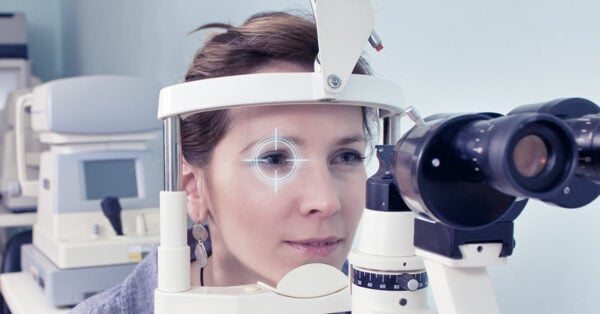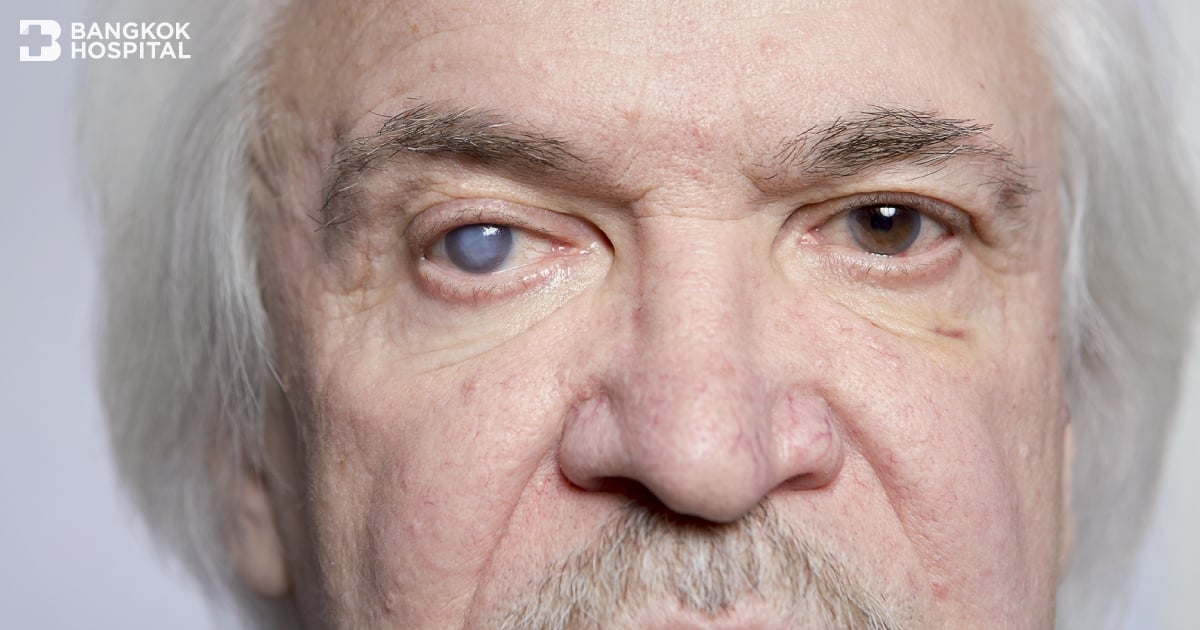The 4 Types of Glaucoma That Require Immediate Treatment, Including
1. Open-Angle Glaucoma
This is the most common type of glaucoma, resulting from a gradual decrease in the efficiency of the eye’s drainage tissue, leading to a gradual increase in eye pressure which eventually damages the optic nerve. In the early stages of open-angle glaucoma, there are no symptoms, and the field of vision narrows slightly, which is hard to detect. However, as the optic nerve becomes more damaged, vision loss becomes noticeable, ultimately leading to blindness. Even in some cases where eye pressure is not high, optic nerve damage can still progress, narrowing the field of vision and affecting sight.
2. Angle-Closure Glaucoma
This type occurs due to abnormalities in the eye structure. The iris is in contact with the eye’s drainage tissue, blocking fluid drainage. This abnormality often happens to people with narrower front eye spaces or when stimulated, such as being in the dark or under medication, causing the pupil to dilate and the iris to move over the drainage tissue, swiftly increasing eye pressure. In acute cases, symptoms include severe eye or one-sided headache pain, red eyes within 30 – 60 minutes, rainbow-colored halos around lights, decreased vision, and potentially nausea, vomiting, or headaches. In chronic cases, over several months, the iris angle gradually closes, causing intermittent chronic pain without an apparent cause, which can be confused with cataracts. Lenses swelling could further narrow the front eye space, restricting fluid circulation and potentially leading to acute glaucoma.
3. Congenital Glaucoma
The most common type of glaucoma in infancy, appearing within the first year of life, is due to the undeveloped anterior chamber of the eye since 7 months of pregnancy and is genetically inherited. Characteristics of congenital glaucoma include larger than normal eyes, sensitivity to light, a cloudy cornea or dark part of the eye, and teary eyes. If not treated promptly, it can lead to blindness.
4. Glaucoma from Complications
Arises from complications causing visual abnormalities or other eye conditions, such as injury, tumors, or prolonged use of steroids, leading to the development of glaucoma. Since glaucoma is one of the most common eye issues, regularly monitoring for abnormalities and caring for eye health can ensure smooth vision throughout all stages of life.












